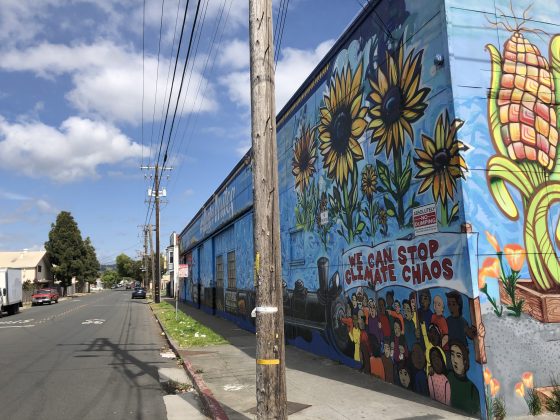The climate crisis threatens to make our communities hotter and wetter than they have ever been before, but not all neighborhoods within a city will suffer the social, health, and financial consequences equally. Many neighborhoods subject to government-sanctioned racist housing practices in the 1930s and 1940s are most at risk today for experiencing extreme heat and flooding.
Extensive impermeable pavement and sparse tree canopies increase the risk of flooding and amplify the heat island effect. Our neighborhoods do not look the way they do by accident, and the mitigation measures needed to reduce risk will not appear by accident. The Climate Safe Neighborhoods partnership brings together thirteen Groundwork Trusts to explore the relationship between historical race-based housing segregation and the current and predicted impacts of climate change.
Groundwork Denver; Groundwork Elizabeth, New Jersey; Groundwork Hudson Valley, New York; Groundwork Lawrence, Massachusetts; Groundwork Ohio River Valley; Groundwork Rhode Island; Groundwork Richmond, Virginia, and Groundwork San Diego- Chollas Creek are working closely with residents and stakeholders to organize, mobilize, and effect systems change to make communities more resilient to extreme heat and flooding.
Questions or thoughts about Climate Safe Neighborhoods?
Reach out to Cate Mingoya at Cate@GroundworkUSA.org
La crisis climática amenaza con hacer que nuestras comunidades sean más calientes y húmedas de lo que han sido antes, pero no todos los barrios de una ciudad sufrirán las consecuencias sociales, sanitarias y financieras por igual. Muchos barrios sujetos a prácticas de vivienda racistas autorizadas por el gobierno en las décadas de 1930 y 1940, hoy corren mayor riesgo de experimentar calor extremo e inundaciones.
El pavimento impermeable extenso y cobertura de árboles dispersos aumentan el riesgo de inundaciones y amplifican el efecto de la isla de calor. Nuestros barrios no se ven así por casualidad, ni tampoco las medidas de mitigación necesarias para reducir estos riesgos no se harán por casualidad. La asociación de vecindarios climáticamente seguros (Climate Safe Neighborhoods) reúne trece Fideicomisos de Trabajo para explorar la relación entre la segregación histórica de viviendas basada en la raza y los impactos actuales y previstos del cambio climático.
Groundwork Denver; Groundwork Elizabeth, New Jersey; Groundwork Hudson Valley, New York; Groundwork Lawrence, Massachusetts; Groundwork Ohio River Valley; Groundwork Rhode Island; Groundwork Richmond, Virginia, and Groundwork San Diego- Chollas Creek están trabajando en estrecha colaboración con sus residentes y partes interesadas para organizar, movilizar y afectar los sistemas para hacer que las comunidades sean más resistentes al calor extremo y a las inundaciones.
¿Preguntas o pensamientos sobre los vecindarios climáticamente seguros (Climate Safe Neighborhoods? Contacte Cate Mingoya at Cate@GroundworkUSA.org

